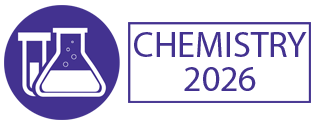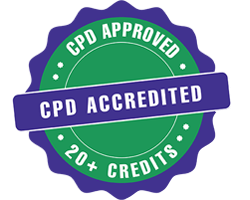Non contact Atomic Force Microscopy
Non-contact atomic force microscopy (nc-AFM) is an advanced microscopy technique that allows the imaging and manipulation of surfaces with atomic resolution without physical contact between the tip and the sample. It operates by measuring the interaction forces between a sharp tip and the surface without making direct contact, typically using dynamic modes such as frequency modulation or amplitude modulation. nc-AFM offers several advantages over traditional contact-based AFM, including reduced sample damage, improved resolution, and the ability to image delicate surfaces and soft materials. This technique is widely used in various fields such as nanotechnology, materials science, and surface chemistry for studying atomic and molecular structures, surface morphology, and nanoscale properties. nc-AFM enables the investigation of surface properties such as surface roughness, adhesion, and mechanical properties with unprecedented precision. Advances in nc-AFM instrumentation, including improved tip designs, feedback control mechanisms, and signal processing algorithms, continue to enhance its capabilities and applications. Collaboration between physicists, engineers, and materials scientists drives innovation in nc-AFM, leading to new insights into nanoscale phenomena and the development of novel nanomaterials and devices.

Hossam A Gabbar
Ontario Tech University, Canada
Victor John Law
University College Dublin, Ireland
Alexander Bagaturyants
National Research Nuclear University MEPhI, Russian Federation
Sergey Suchkov
N.D. Zelinskii Institute for Organic Chemistry of the Russian Academy of Sciences, Russian Federation
Shree Niwas Chaturvedi
Centre for Aptitude Analysis and Talent Search, India
Pieter Samyn
SIRRIS, Belgium




Title : Advances in plasma-based radioactive waste treatment
Hossam A Gabbar, Ontario Tech University, Canada
Title : Unraveling the ultrastructure and functions of the neuronal membrane skeleton using super-resolution fluorescence microscopy
Zhou Ruobo, Djillali Liabes University of Sidi Bel Abbes, Algeria
Title : Solar box cooker dehydration, and relative humidity endpoint detection, of lamiaceae culinary leaves on the island of Crete
Victor John Law, University College Dublin, Ireland
Title : Nutrient and heavy metal loads from the Ribeiras to Coastal zones: A land-ocean continuum perspective in Madeira Island
Aracelis Del Carmen Narayan Rajnauth, University of Porto, Portugal
Title : Prospective polyoxometalate-based covalent organic framework heterogeneous catalysts
Arash Ebrahimi, Comenius University Bratislava, Slovenia
Title : Eliminating implant failure in humans with nano chemistry: 30,000 cases and counting
Thomas J Webster, Brown University, United States